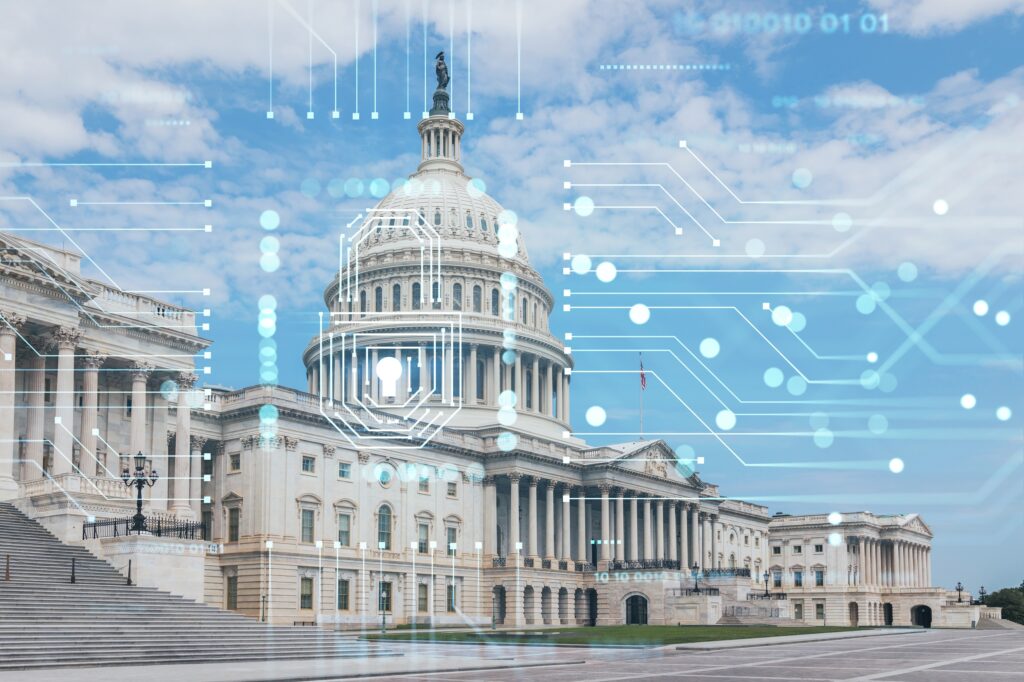California is learning to pay its own way
California is a land of calamity. The ground shakes, it runs dry and, with underappreciated frequency, it catches fire.
Surprisingly, the cost of modern life in the Golden State does not always track the risks its residents confront. Be it for earthquake insurance, for water or for fire protection, folks from Yuba City to Los Angeles all too often fail to pay what actuarial tables and resource meters suggest they should for the risks they take and the resources they consume.
California’s risks and resources are imprecisely allocated and undervalued. This is a legacy of an information-deficient age. It was an age in which a large land mass with a small population and bountiful, easy-to-access resources could mask profligacy. It was an age in which meaningfully apportioning the burdens of living could be overlooked. That age has passed and California is charging headlong toward a population of 50 million increasingly tightly packed and resource-hungry people.
Weighing these concerns has consequence for every part of the state. Coastal California, the state’s economic and cultural engine, sits along the world’s most perilous earthquake zone. Central California, an underappreciated and endangered cornucopia, is experiencing a new parched normal. Both mountain and rural California, among the most beautiful locales in the nation, are situated in a drought-worsening tinderbox.
It is tempting to conclude that, since all parts of the state are subject to natural burdens, why not just divide these burdens equally among all Californians? Such an approach maintains the status quo at the cost of a more resilient, sustainable and prosperous future.
Privatizing the responsibility for risks and resources expands freedom by reducing our reliance on the government. If settlement and development patterns don’t acknowledge the natural constraints of the land, we will forever need state-provided balancing mechanisms.
What we need, instead, is a market-driven reckoning with reality. Such a shift has never been possible before. But today, risk-recognition and resource-pricing tools continue to improve, as information technology can monitor trends at a micro level with ever-improving precision. Now that burdens can actually be tracked, distributing them accurately becomes a question of fairness.
Fairness requires people pay for the resources they actually consume, and bear the risks they actually chose to take. Using modern tools to measure risks and resource use allows us to move past the present dull fog of mass, undifferentiated responsibility. Californians can be freed from the burdens faced by their more resource-intensive neighbors and far less wealth will be needlessly tied up in a state-enforced bargain for which they receive no personal benefit.
The lives we choose to lead, and where we choose to live them, will change as the cost of our riskier and more resource-demanding choices are made apparent. This likely also will cause the traditional partisan alignments to shift. The urban vs. rural divide will be brought into even further stark relief as accurate prices reveal the extent to which some Californians subsidize others. Ultimately, such a development could reorient regional voting patterns according to a preference for local concerns.
In that California, one that equitably comes to terms with the hidden costs of its existence, uncertainty will be supplanted by confidence – by a predictable set of rules to coordinate our lives and build toward a more prosperous tomorrow.








